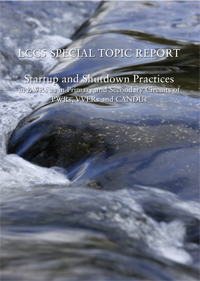Start-Up and Shutdown Practices in BWRs as well as in Primary and Secondary Circuits of PWRs, VVERs and CANDUs
The objective of this Report is to provide a good understanding of the special problems and appropriate good practices during shutdown as well as during startup of LWRs. The Report provides a worldwide review of Startup and Shutdown Procedures both in the Primary and in the Secondary Circuit of PWRs, CANDUs and VVERs, and in the reactor coolant and main steam containing systems of BWRs.










